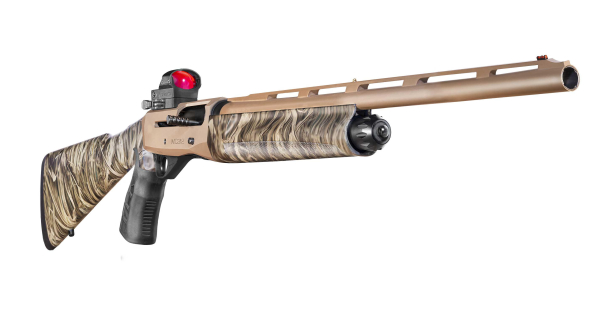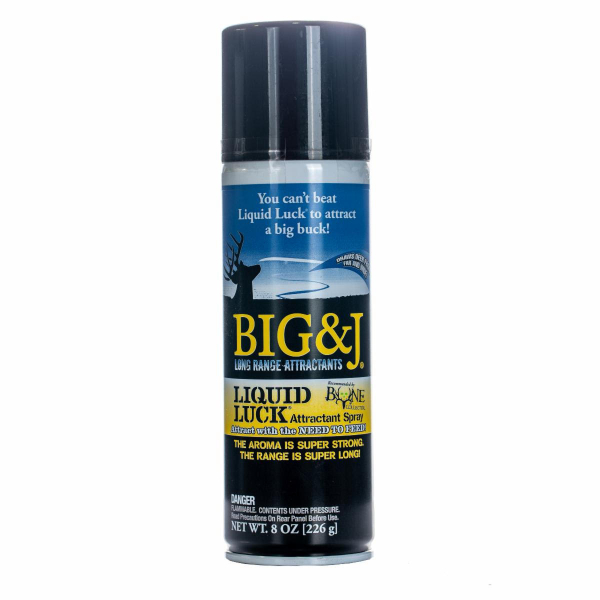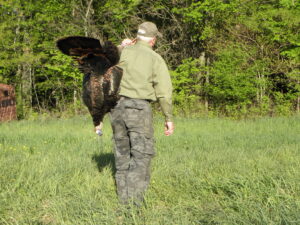Patterning those Turkey Guns can be an Eye Opener
By Glen Wunderlich
Patterning a turkey gun is as important as any other element toward the goal of good wild turkey dinner. A hunter can pick up any number of valuable techniques from outdoor shows on television, at trade shows, or on DVD. And, while today’s hunter can gather new ideas from the pros from the comfort of his favorite easy chair, patterning is learned through experimentation. (Bow hunters, you’ve got your own issues. Good luck!)
Like most shotgun turkey hunters, I use a shotgun that’s not a designated gobbler getter; it has the standard-issue front-bead sight only. It would be nice to have a red dot or low-power scope mounted on it, but I’d rather not bother with taking it off and reinstalling it.
All good hunters know enough to pattern a given gun with a given load in order to understand how the shotgun and shell combination actually performs. There are several inherent drawbacks to a good practice session: 1) Good turkey loads are expensive, and 2) A shoulder can only take so much pounding, so it’s important to make all shots count.
To keep costs at a minimum, share the cost of a box of shells with a friend. Turkey shells are being packaged 10 per box but how many are actually needed for hunting? Obviously, one should be the preferred answer but you and your friend could pattern your turkey guns and still have hunting rounds to spare. The goal is to minimize the amount of patterning shots for reasons stated above.
Pull the shotgun securely into the shoulder and pull back with the offhand to reduce erratic shots and pain. That’s right! Pain. Not much compares in felt recoil to the mule-like kick of a shogun launching heavy magnum loads.
Use a rest, because you’ll not only want to check the pattern, but you’ll want to know where the pellets are hitting relative to your aim/hold. This is extremely important, because today’s chokes can mean patterns about softball size at 10 yards. If your gun doesn’t shoot where you think it should, it could be easy to miss completely at close range, or worse yet, destroy dinner.
Here are some interesting results from a recent patterning session using two 12-gauge shotguns with various loads at ranges to 40 yards. A 3-inch chambered Mossberg model 930 semi-auto with a 24-inch, ported turkey barrel and a 3 ½-inch chambered Browning Silver semi-auto with an extra-full choke were used.
The Mossberg’s 3-inch, 2-ounce Federal load of #6 shot and the Browning’s 3 ½-inch, 2-ounce Federal load of #6 shot put 100 percent of the shot in a 20-inch circle at 20 yards. That’s about 450 pellets each! With these patterns at these ranges, aiming is critical. A misplaced shot could result in a wasted opportunity – whether a clean miss or a direct hit on the body, there’d be no opportunity for a turkey dinner.
At 30 yards with the same 2-ounce load of 6s, the Mossberg placed 165 pellets in a 10-inch circle. A Frisbee was placed over the heaviest concentration of shot, marked, and then counted. (The Browning was not shot at 30 yards.) Clearly, the Mossberg’s range could be extended.
At 40 yards the Mossberg was able to put a respectable 96 pellets in a 10-inch circle. The same 2 ounces of #6 shot in the longer 3 ½-inch Federal load in the Browning produced only 83 hits in the circle. Interestingly, a bigger payload – 2 ¼-ounces of 6s in a 3 /12-inch Kent load in the Browning produced the same number of hits (83).
Both guns and loads proved adequate with no reservations regarding effectiveness. The Mossberg produced better patterns with 3-inch shells than its Browning counterpart with 3 ½-inch loads.
Watching hunting shows would never have demonstrated the performance that a small amount of testing revealed. If you have yet to pattern your shotgun and turkey load, it can be a real eye opener.







